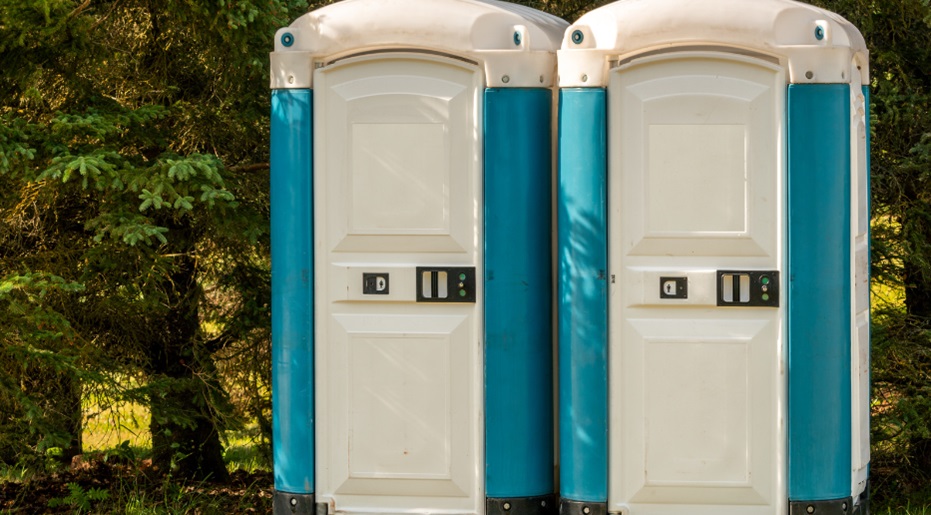
How Portable Sanitation Improves Public Health in Disaster Relief Efforts
Disaster relief efforts often face numerous challenges, one of the most critical being the maintenance of public health standards. In the aftermath of natural calamities, access to basic sanitation becomes a pressing concern. Efficient portable sanitation solutions play a vital role in mitigating health risks during such times. For instance, the use of portable sanitation in Tampa has significantly contributed to better hygiene standards in disaster-hit areas.
The Crucial Role of Sanitation in Disaster Situations
In the wake of disasters, infrastructure often suffers severe damage, disrupting essential services such as water supply and sewage systems. This disruption can lead to unsanitary conditions, increasing the risk of waterborne diseases and other health hazards. Implementing portable sanitation facilities helps address these issues by providing immediate access to clean and safe restrooms, which is vital for the affected population and relief workers. Moreover, maintaining proper sanitation is not only a matter of comfort but also a critical factor in preserving human dignity during trying times. Relief agencies prioritize the deployment of these facilities to uphold health standards and prevent further complications arising from inadequate sanitation.
How Portable Facilities Help Prevent Disease
Portable sanitation units are instrumental in preventing the spread of diseases in disaster zones. By offering proper waste disposal solutions, they minimize contact with contaminants that can lead to illnesses such as cholera, dysentery, and other infections. These units are designed to be hygienic and are often equipped with handwashing stations, promoting better hygiene practices among users. Additionally, they serve as centralized locations for sanitation, which can be monitored and maintained more effectively than scattered or makeshift facilities. Health professionals can also use these sites to disseminate information about disease prevention and hygiene practices, further enhancing their role in public health.
Overcoming Obstacles in Sanitation Deployment
Deploying sanitation units in disaster areas comes with its own set of challenges. Accessibility can be hindered by debris or damaged roads, making it difficult to transport and install facilities where they are most needed. Coordination with local authorities and relief organizations is essential to ensure that units are placed strategically to serve the maximum number of people effectively. Logistics planning must account for the types of disasters, the terrain, and the population density of the affected areas. Moreover, cultural sensitivities and privacy considerations must be taken into account when setting up these facilities to ensure they are accepted and properly utilized by the community.
Best Practices for Managing Sanitation Units
Proper management of portable sanitation units is crucial, especially during adverse weather conditions that often accompany disasters. Maintenance teams must ensure regular cleaning and servicing of the units to keep them functional and sanitary. An adequate supply of consumables like toilet paper, soap, and hand sanitizer is also necessary to maintain hygiene standards. Additionally, it is important to know how to manage your portable toilet during bad weather to prevent damage and ensure continuous operation. Measures such as securing units against strong winds, protecting them from flooding, and ensuring proper anchoring can make a significant difference in their usability during extreme conditions.
Conclusion
Portable sanitation plays an indispensable role in disaster relief efforts by safeguarding public health and providing essential services when traditional infrastructure fails. Efficient implementation and management of these facilities not only prevent the spread of diseases but also contribute to the overall well-being of affected communities during challenging times. By prioritizing sanitation, relief efforts can significantly reduce the potential for secondary health crises, allowing communities to focus on recovery and rebuilding. The lessons learned from past disasters underscore the need for preparedness and investment in portable sanitation solutions as a critical component of emergency response strategies.


